The intersection of historical, mythological themes and contemporary aesthetics reveals a fascinating evolution in visual culture. From pixel art to immersive branding, the echoes of ancient symbolism pervade modern design. Understanding these roots enhances our ability to create compelling visuals that resonate deeply with audiences. For instance, modern examples like le god mode featurespins is 50x bet showcase how myth-inspired motifs are reinterpreted within current digital entertainment, blending tradition with innovation.
1. Introduction: The Interplay Between Classic Mythology and Modern Design Trends
Throughout history, mythological and cultural symbols have served as foundational elements in shaping artistic styles. Contemporary design continues to draw inspiration from these ancient narratives, translating them into modern aesthetics that evoke power, mysticism, and heroism. Recognizing the relevance of understanding ancient symbols offers designers a rich vocabulary for storytelling, whether in branding, gaming, or digital art. The concept of “Le Zeus” exemplifies this trend—an artwork that reimagines classic divine figures through a modern lens, illustrating how timeless themes adapt to new mediums.
2. Foundations of Classic Gaming and Its Visual Language
Early video games established a distinctive visual language characterized by pixel art, bold palettes, and iconic characters—think of the simple yet memorable sprites of Super Mario or Pac-Man. These aesthetics were not arbitrary; they often drew from mythological and historical motifs to imbue characters and worlds with symbolic meaning. For example, pixel art representations of gods or legendary creatures served to evoke familiarity and awe within technological constraints. This nostalgic visual style continues to influence modern digital art, as seen in indie games and retro-inspired branding, creating a bridge between past and present.
3. The Role of Mythology in Shaping Modern Visual Trends
Mythological themes such as power, heroism, and mysticism frequently appear in contemporary design. For instance, branding often employs symbols of thunder and divine authority to convey strength and reliability. Cross-cultural influences are evident in the visual language of modern entertainment, where Indo-European thunder gods like Zeus and Thor emerge as archetypes representing authority and elemental force. These motifs are integrated into logos, game characters, and visual narratives to evoke emotional responses aligned with cultural archetypes, creating shared understanding across diverse audiences.
4. From Myth to Modern: The Evolution of Iconography in Design
| Mythological Symbol | Modern Motif |
|---|---|
| Thunder and Lightning | Electric effects in digital art, logos, and game visuals |
| Divine Figures (Zeus, Thor) | Heroic avatars, iconography in branding |
| Divine Weapons (Thunderbolts, Mjolnir) | Stylized weapon motifs in logos and character designs |
These symbols evoke emotions like awe, power, and authority, deeply rooted in cultural values across civilizations. Modern products and artworks frequently incorporate such iconography to tap into these subconscious associations, enhancing their appeal and storytelling capacity.
5. The Case of “Le Zeus”: A Modern Illustration of Myth-inspired Design
“Le Zeus” exemplifies how ancient mythological themes are reinterpreted through contemporary aesthetics. This artwork blends pixel art with divine symbolism, illustrating Zeus as a powerful, wise figure embodying authority and mysticism. The depiction echoes classical attributes—thunderbolts, regal robes—while employing modern digital techniques that appeal to today’s audiences. Such art demonstrates that mythological principles remain relevant, serving as a bridge between timeless narratives and current visual trends. The piece also subtly incorporates themes of divine wisdom associated with Metis, Zeus’s consort, emphasizing intelligence and strategic power, which resonate within modern storytelling and branding.
6. Non-Obvious Connections: Mythology, Cultural Archetypes, and Design Trends
Beyond the obvious symbols, subtle influences shape modern visuals. For example, Irish leprechauns and rainbows—symbols of luck and hope—have inspired whimsical design elements in branding and digital art. Hidden symbols like pots of gold add layers of meaning, enriching narratives and engaging viewers on a subconscious level. Interestingly, thunder deities from Indo-European mythologies—such as Zeus, Thor, Indra, and Perun—share recurring visual motifs like clouds, lightning, and divine scepters. These archetypes continue to influence contemporary visual language, reaffirming their universal appeal across cultures.
7. Practical Implications: Applying Myth-inspired Elements in Modern Design
Designers aiming to incorporate mythic symbols should consider the following strategies:
- Symbol Selection: Choose symbols aligned with brand identity, such as lightning for energy or wisdom icons for intelligence.
- Contextual Reinterpretation: Modernize ancient motifs to suit current aesthetics, avoiding cultural misappropriation.
- Authenticity and Sensitivity: Respect cultural origins and ensure accurate representation to foster authenticity and avoid insensitivity.
Challenges include balancing symbolism with modern minimalism and ensuring symbols are universally understood without cultural misinterpretation. Thus, thoughtful research and cultural awareness are essential components of effective myth-inspired design.
8. Future Trends: The Continuing Legacy of Classic Gaming and Mythology in Design
Emerging aesthetics increasingly blend retro gaming influences with mythic storytelling. For example, pixel art revival projects often feature mythological themes, fostering nostalgia while conveying timeless narratives. Additionally, new mythologies—such as those from emerging cultures or digital folklore—are poised to inspire future visual languages. Technology plays a pivotal role in this evolution, with augmented reality and interactive media enabling immersive myth-inspired experiences. These developments suggest that the legacy of classic gaming and mythology will continue to shape innovative visual trends, fostering deeper engagement and cultural storytelling.
9. Conclusion: Synthesizing Mythology, Gaming, and Modern Design
“The enduring power of myth in modern creativity highlights our collective desire to connect with stories that transcend time, inspiring new generations of designers and artists.”
In summary, the intricate relationship between classic gaming aesthetics, mythological symbolism, and contemporary design enriches our visual culture. Recognizing these connections allows creators to craft meaningful, emotionally resonant visuals that honor tradition while embracing innovation. “Le Zeus” exemplifies how myth-inspired themes can be reimagined for modern audiences, serving as a testament to the timeless nature of these archetypes and their capacity to inspire ongoing artistic evolution.

